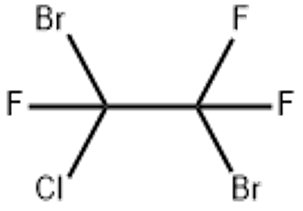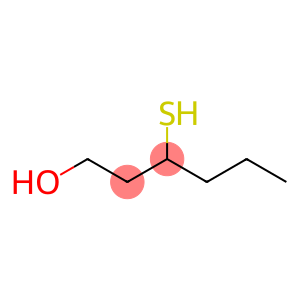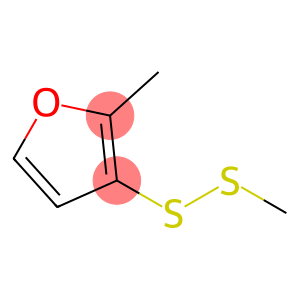2-Chloro-1,2-dibromo-1,1,2-trifluoroethane(CAS# 354-51-8)
| Hazard Symbols | Xi – Irritant |
| RTECS | KH9300000 |
| Hazard Class | IRRITANT |
Introduction
2-Chloro-1,2-dibromo-1,1,2-trifluoroethane, also known as halothane (halothane), is a colorless liquid. The following is an introduction to its properties, uses, manufacturing methods and safety information:
Quality:
- Appearance: Colorless liquid
- Solubility: insoluble in water, slightly soluble in ethanol and benzene
Use:
- Anesthetic: 2-Chloro-1,2-dibromo-1,1,2-trifluoroethane is a potent general anesthetic that is widely used in surgery and obstetric surgery.
- Air and temperature regulators: they can liquefy at room temperature and can be used as a working fluid in air conditioning and refrigeration systems.
Method:
2-Chloro-1,2-dibromo-1,1,2-trifluoroethane is usually prepared by the following steps:
1. From 1,1,1-trifluoro-2,2-dibromoethane, 2-bromo-1,1,1-trifluoroethane is prepared through a series of reactions.
2. 2-Bromo-1,1,1-trifluoroethane is reacted with ammonium chloride to obtain 2-chloro-1,1,1-trifluoroethane.
3. Copper bromide is added to 2-chloro-1,1,1-trifluoroethane by bromination reaction to form 2-chloro-1,2-dibromo-1,1,2-trifluoroethane.
Safety Information:
- 2-Chloro-1,2-dibromo-1,1,2-trifluoroethane is a harmful substance that can have an anesthetic effect on the central nervous system, leading to loss of consciousness and respiratory depression.
- Follow safe operating procedures and be equipped with the necessary protective measures such as gloves, respiratory protection and protective eyewear.
- Contact with the skin or inhalation of its vapors may cause allergic reactions or irritation.
- It is a flammable liquid and contact with fire sources should be avoided.








